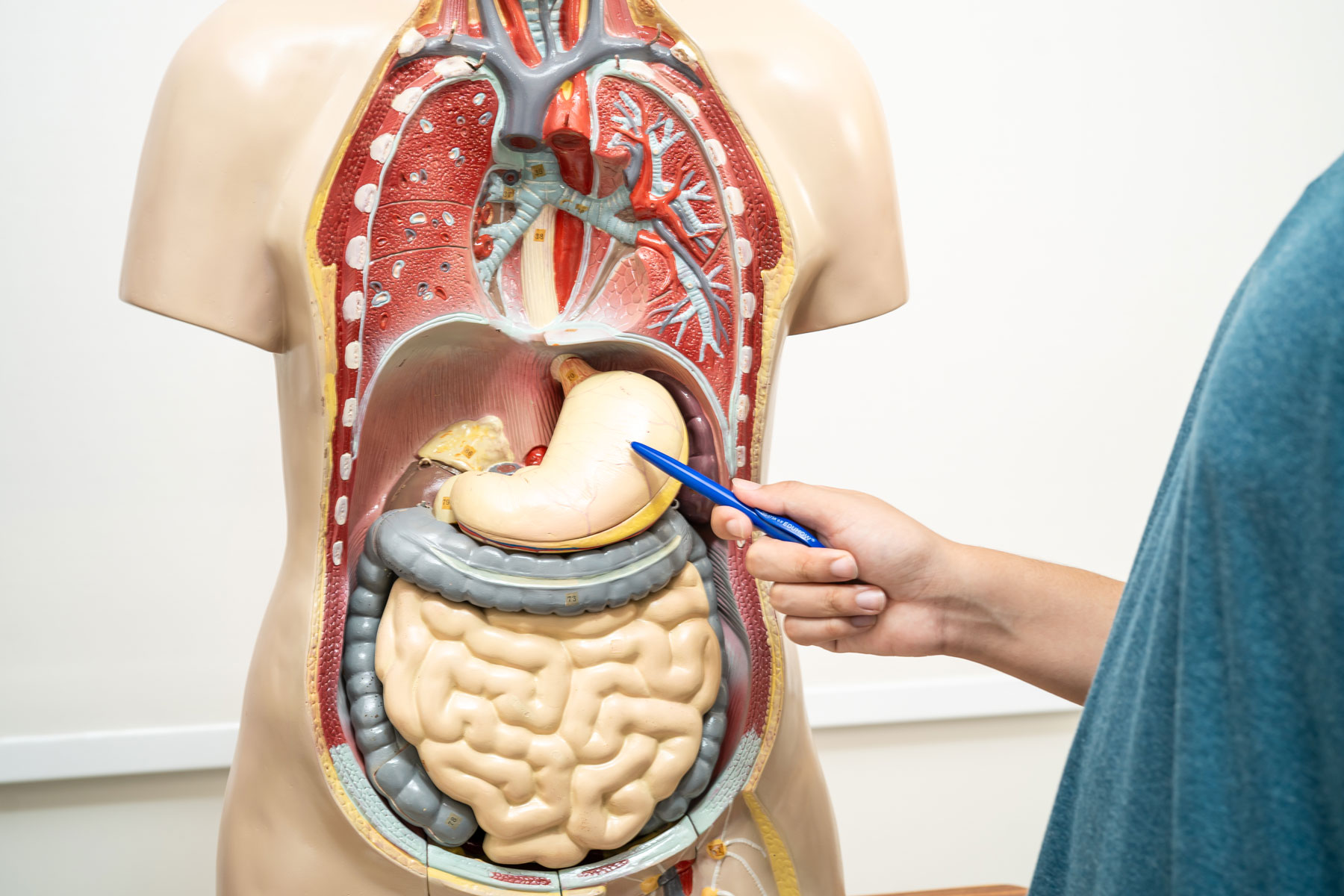Table of Contents
ToggleThe Whipple procedure, also known as a pancreaticoduodenectomy, is a complex surgery used to treat serious problems in the upper part of your digestive system, which consists of the stomach, small intestine (duodenum), pancreas and bile ducts.
The goal of the Whipple surgery is to remove tumours within or around the head of the pancreas and reconnect the remaining organs. In this article, we’ll break down what happens during the Whipple procedure and what patients should consider with this treatment option.
What Happens During the Whipple Procedure? A Simplified Overview

The Whipple procedure is characterised by two main phases:
- 1. Removing the problem area
- 2. Rebuilding the digestive pathway.
Removing the Problem Area
During the first phase of the Whipple procedure, the surgical team focuses on excising the specific parts of the upper digestive region that are diseased or causing issues. This includes:
- The head of the pancreas: This is the widest part of the pancreas, located near the curve of the duodenum.
- The first section of the small intestine (duodenum): This portion of the small intestine directly connects to the stomach and wraps around the head of the pancreas.
- The gallbladder: A small organ that stores bile, located under the liver.
- A portion of the bile duct: This is the tube that carries bile from the liver and gallbladder to the small intestine.
Rebuilding of the Digestive Path
Following the removal of these vital sections, the surgeon proceeds with the second phase: rebuilding the digestive pathway. This involves carefully rejoining the remaining healthy portions of the digestive system to create a new, functional route for food and digestive juices.
The remaining parts of the stomach, pancreas, and bile duct are reconnected to different sections of the small intestine. This reconstruction allows food to continue its journey through the digestive system and ensures that essential digestive enzymes from the pancreas and bile from the liver can still reach the small intestine to facilitate proper digestion and absorption of nutrients.
Why Would a Doctor Recommend the Whipple Procedure?
The decision to recommend the Whipple procedure is made after careful evaluation by a specialist, considering the specific medical condition and the patient’s overall health. This surgery is typically reserved for serious conditions affecting the pancreatic head, lower bile duct, or the duodenum.
Some situations where Whipple surgery might be proposed are:
To Treat Cancer
Pancreas cancer: A pancreatic cancer specialist might recommend Whipple surgery when the cancer is located in the head of the pancreas, which is the most common site for pancreatic tumors. The primary objective is to remove the cancerous tumor and any affected surrounding tissues, aiming for complete tumor eradication.
Lower bile duct cancer: For cancers originating in the portion of the bile duct close to where it enters the small intestine, a bile duct cancer surgeon may recommend the Whipple procedure as a treatment option to remove the malignancy.
Ampullary cancer: Cancers that originate in the ampulla of Vater, the junction where the bile duct and pancreatic duct meet the small intestine.
Duodenal cancer: Cancers that begin in the duodenum, the first part of the small intestine.
For Certain Growths
Besides overt cancers, the Whipple procedure may also be recommended for specific types of non-cancerous (benign) tumors or cysts located in this critical area. These may include:
Pancreas cyst (certain types): Some pancreatic cysts, though benign, have a significant potential to become cancerous over time. A pancreas cysts specialist may advise surgical removal via the Whipple procedure to prevent future malignancy.
IPMN (Intraductal Papillary Mucinous Neoplasm): This is a type of cyst that grows in the pancreatic ducts. Depending on its characteristics and location, a pancreas doctor may determine it to be of high risk and recommend that it be surgically removed.
The decision for surgery in these cases is based on a careful assessment of the growth’s characteristics and its potential for future complications.
To Address Other Serious Issues
In rare circumstances, the Whipple procedure might be considered for severe non-cancerous conditions affecting the head of the pancreas or bile ducts that have not responded to other treatments. These could include chronic pancreatitis that has led to severe obstruction or other debilitating issues. Such cases are carefully evaluated, and the surgery is considered only when other less invasive approaches have proven ineffective in managing the patient’s condition and symptoms.
What are the Potential Risks of a Whipple Procedure
The Whipple procedure is complex surgery that requires an experienced surgical team. Like all major surgical procedures, the Whipple procedure carries certain risks, which is why your surgeon will order multiple tests to determine your suitability before recommending the surgical option. Some potential complications include:
- Delayed gastric emptying, which can cause temporary nausea and vomiting
- A pancreatic fistula due to digestive enzymes leaking into the abdomen
- Difficulty digesting certain foods as parts of the digestive tract are removed or re-routed
- Diabetes
- Bile duct leakage
Given these considerations, it’s critically important to have an experienced hepatobiliary specialist like Dr Thng Yongxian thoroughly assess your personal risk profile before considering this surgery. A comprehensive evaluation will help you understand the potential benefits weighed against your individualised risks.
Consult with Dr Thng Yongxian About the Whipple Procedure
In summary, the Whipple procedure is a complex surgery that involves the removal and reconstruction of parts of the upper digestive system. It is performed to treat serious conditions such as pancreas cancer, as well as certain high-risk tumors like IPMN or a problematic pancreas cyst.
The decision to undergo this procedure is always made after a thorough medical evaluation by a qualified specialist.
If you have been diagnosed with a condition that might require a Whipple procedure, or if you have questions about your treatment options and whether this surgery is suitable for your specific case, we encourage you to schedule a consultation with Dr Thng Yongxian.
